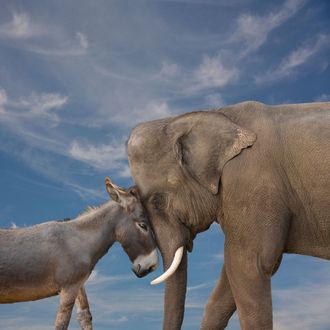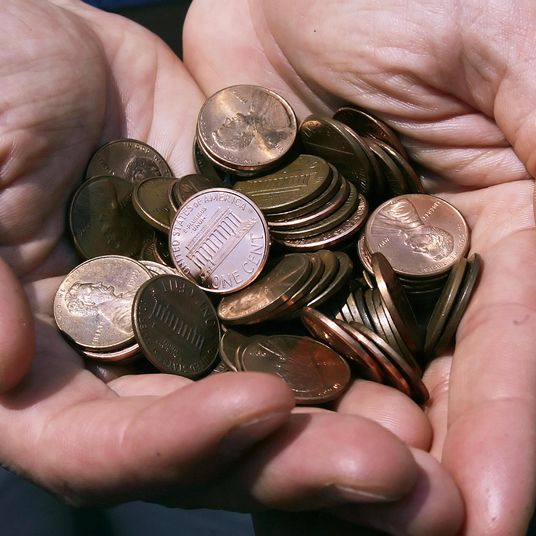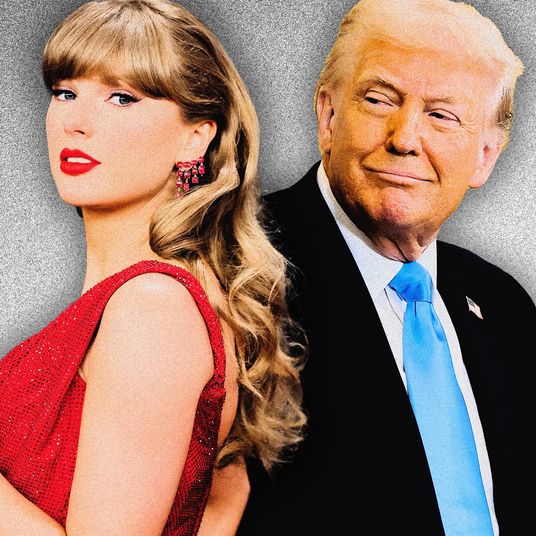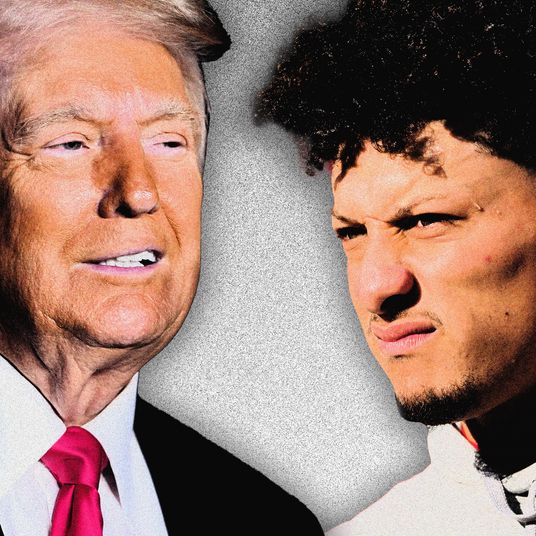
Up in pundit heaven, David Broder’s cell phone is pinging with the news: Gallup again reports near-record highs in the self-identification of Americans as political independents. Currently, 42 percent say they don’t identify with either major party; it’s the fifth year in a row that number exceeded 40 percent, and it’s just short of the all-time high of 43 percent last year.
So does that mean there’s a huge opening for a party or candidate that aims squarely at indie-voters-in-the-middle? Nope.
Gallup itself reports that one-third of Americans — or more than three-fourths of self-identified independents — call themselves independents but lean toward one party or the other. Political-science research has shown these “leaners” vote almost exactly like partisans, but don’t choose to identify with the party they routinely vote for, mostly because they prefer to maintain the option of straying outside the party boundaries, even if they never exercise it.
An equally pernicious myth is the idea that independents are generally “moderates” who spurn both major parties because they are too extreme. A Lincoln Park Strategies analysis last year put this idea to rout:
[Fifteen] percent of voters who call themselves Independent actually place themselves ideologically in line with one of the parties in Congress (“Democrats with a Home” and “Republicans with a Home”); these voters seem simply to be uncomfortable labeling themselves as a member of a particular party, or prefer to think of themselves as Independent even if the label is not accurate.
The largest group (37 percent) of those using the Independent label actually consists of voters who place themselves on the edges of the political spectrum: strong liberals and conservatives who think Democrats and Republicans are in fact too moderate. These voters use the term “Independent” to mean they fall outside of party lines, but not to mean they fall between the two parties ideologically.
In fact, among the voters who identify themselves as “Independent” in our poll, only a quarter – just 5 percent of the overall electorate – fall into the standard, commonly-used definition of an Independent: voters who do not identify with a party and at the same time place themselves ideologically between Democrats and Republicans.
Anyone looking at one of the recent polls showing that Bernie Sanders’s core of support is among independents intending to vote in Democratic primaries understands the second data point. Perhaps the 5 percent figure for true “center of the spectrum independents” and thus classic swing voters is low, but then again, it’s clear “true independents” don’t tend to vote as often as leaners and partisans, either.
The bottom line is that anger at Washington, and, for that matter, at party elites, may be repelling identification with political parties, but ultimately partisan polarization — driven, in my opinion, by the ongoing radicalization of the GOP and the conservative movement — remains the most important fact of political life.






























